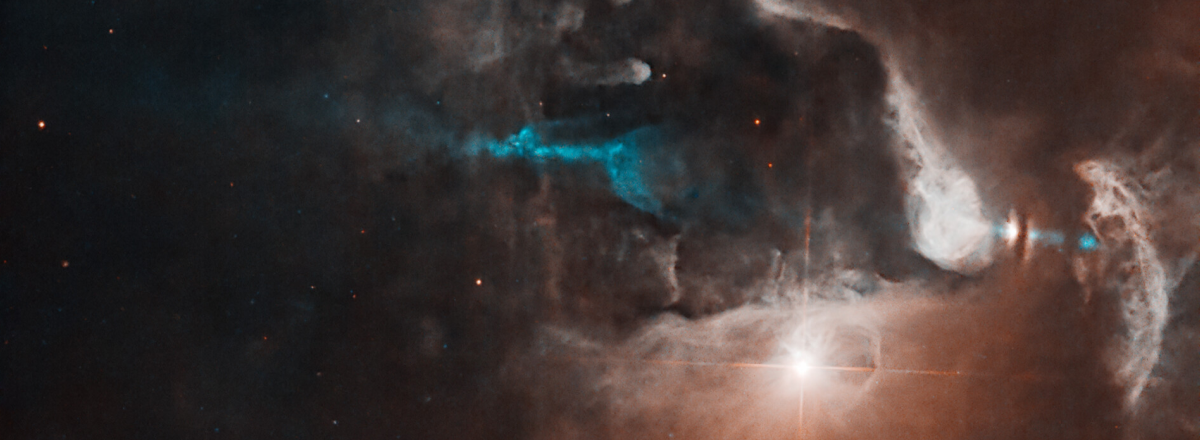Hubble Telescope Captures Birth of a Star in Vivid Detail
The observations of FS Tau B add to our understanding of the complex life cycle of stars and offer a glimpse into the conditions that prevail in one of the closest star-forming regions to Earth.

The Hubble Space Telescope has provided astronomers with a front-row seat to the birth of a star within the FS Tau multi-star system, located in the vibrant stellar nursery of the Taurus-Auriga region, about 450 light years from Earth. This young star, known as FS Tau B, showcases the dynamic processes involved in star formation.
FS Tau B, an emerging star shrouded in thick dust and gas, has been captured in a new Hubble image exhibiting a spectacular cosmic light show. The image reveals a powerful jet of material being ejected from FS Tau B, which is slamming into the surrounding nebular material, illuminating it in a dramatic display.
Astronomers are particularly excited about FS Tau B because it is surrounded by a protoplanetary disk—a structure made up of gas and dust that could eventually coalesce into a solar system much like our own. This disk is visible as a dark, vertical stripe obscuring part of the star, providing a unique view of the early stages of planetary formation.
The presence of the protoplanetary disk and the powerful jet are significant because they suggest that FS Tau B is still accumulating mass and has not yet begun the process of nuclear fusion that would mark it as a full-fledged star.

